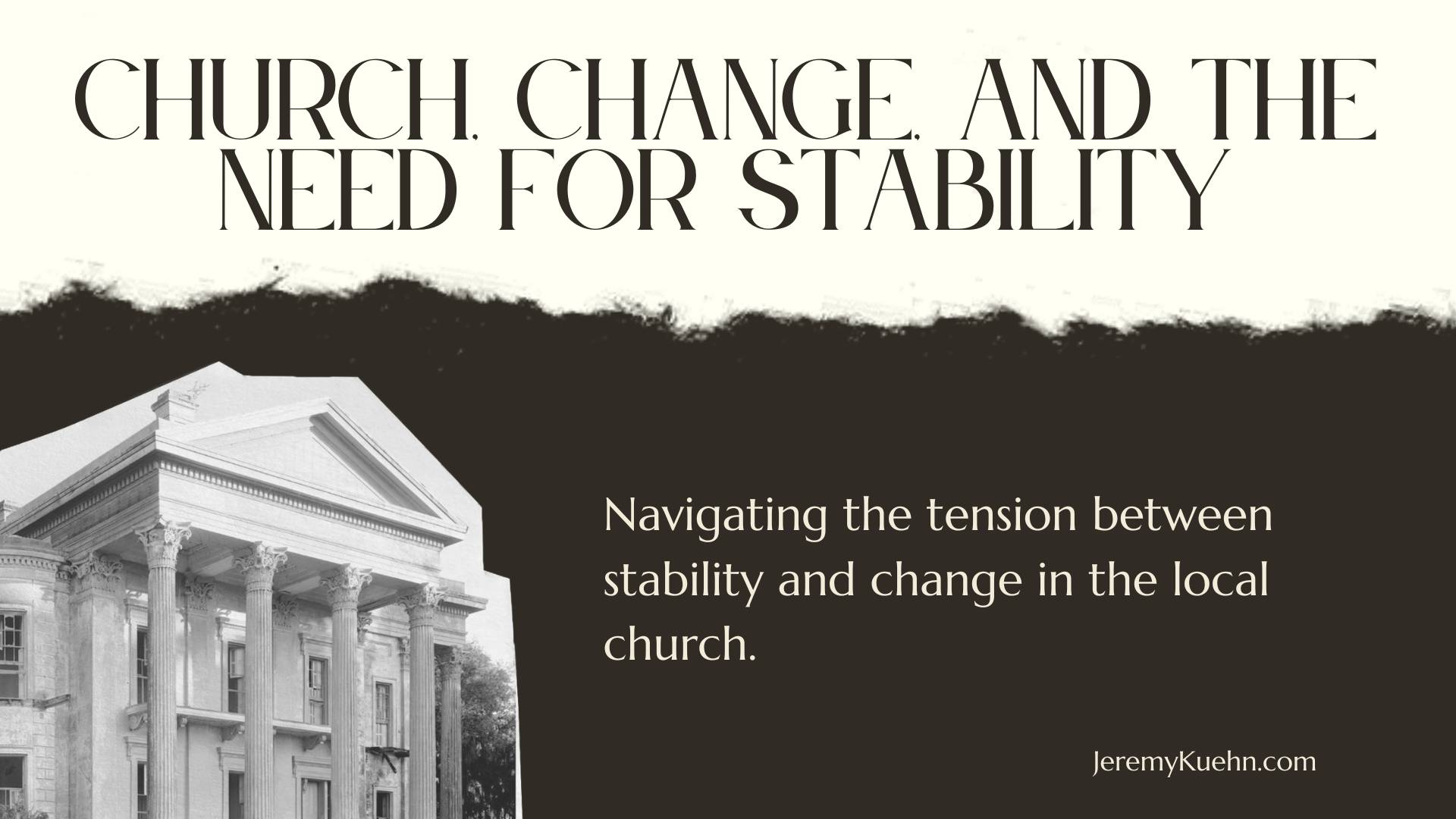
When I was youth pastoring, I noticed something interesting with families who had immigrated to America within one generation. The parents would usually attend an ethnically based church or a service that spoke the language they had grown up around. Their kids, however, would quickly check out. To be clear, the parents were phenomenal and were working very hard to make a life for their kids, but the kids didn’t seem to connect.
One day, I simply asked one of these kids what was up. His response has never left me, and later, I would see his insights play out time and again. Essentially, he remarked that his parents attended a service that closely resembled the way of life they had grown up with, but everything he now did was nothing like how his parents had grown up. I could feel his parents’ discomfort and their desire for a weekly reprieve. Everything they now did was Americanized, which was very different from the nation they had grown up in. This change was more than they wanted to bear, so church became one place to find reprieve from the change.
The Church as a Place of Stability
I think this experience is closely mirrored in every church member’s life. We grow up with church a certain way, and as we age, the world around us changes at a rate that is at best uncomfortable and at worst makes us feel as if the world is completely falling apart. A pioneering pastor at their church attempts to make a change, and he encounters nothing but resistance. A couple of things have happened at this point, and we should unpack them.
1. The Mission Becomes Misplaced
For many members, the mission of the church subtly shifts to being a place of reprieve from the world. The sameness of their church—the music, the traditions, the structure—becomes a reflection of what they believe to be the unyielding holiness of God. The way they do church is not just comfortable; it is the right way in their minds.
2. The World Feels Unrecognizable
The reality is that the world has drastically and chaotically changed for that member. Even looking back just a few years, life can feel unrecognizable. Perception is reality, and so when a church leader suggests change, it can feel like one more thing being lost in an already shifting world.
This presents a challenge: How do we both navigate the needed change in a local church and bring members along for the journey? To answer that, we should use two guiding questions:
- How can we honor people’s need for stability while embracing the change necessary to fulfill our mission?
- What should remain constant, and what must evolve?
Stability vs. Change: Navigating the Tension
It shouldn’t escape us that one of the characteristics of Yahweh is that He is unchanging. Because we are created in His image, I believe this creates an inherent friction to change at a soul level. However, a local church is meant to be built on mission, not method.
A method is simply a developed pathway for accomplishing a task. For example, if our church’s method of outreach has been a giving tree for 30 years, that is a method. It’s a good method. It’s an effective method. But the giving tree isn’t the purpose. The mission is to fulfill a felt need in the community.
To honor people’s need for stability, leaders must connect them to the mission more than the method. And when a method accomplishes the mission, we must always connect the outcome back to the mission.
I frequently tell myself—and at times I’ve told those around me—I would change everything tomorrow if we found a better way. In truth, I would. In practice, that would be really difficult.
Shrinking What Must Remain Constant
Our core beliefs of what should remain constant should probably shrink. And they should probably shrink drastically. In fact, I would submit that the only thing that must remain unchanged is the gospel itself.
Everything else—our methods, our preferences, our structures—should be evaluated through the lens of mission.
The Aha Moment
Circling back to those families I remember befriending, I invited some of those kids to our youth group. They became ingrained in the discipleship happening at the church, and eventually, even the parents started attending.
The final aha moment happened when one of the fathers approached me and lovingly thanked me for including his son. He told me, “All I really want is for my son to be following Jesus. It doesn’t matter what church it’s at.”
That statement sums up the heart of the issue: Mission over method always.